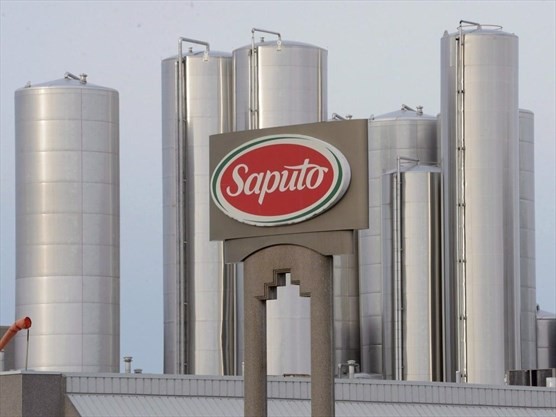
Saputo’s 2020-21 opening weighted average milk price in the southern milk region will be $6.40 per kilogram milk solids.
In accordance with the Dairy Industry Code of Conduct, Saputo has published its opening minimum milk prices in its standard non-exclusive milk supply agreement. The minimum prices are the price Saputo will pay monthly to suppliers for premium quality milk.
In addition to the minimum prices, Saputo will continue additional payments to suppliers, including the monthly milk quality bonus, productivity payment and off-peak payment. The minimum prices and additional payments result in the weighted average farm gate milk price.
“Determining the outlook for milk prices for the 2020-21 milk year has been particularly challenging,” a Saputo spokesperson said.
“Heightened uncertainty and rapidly-changing conditions arising from COVID-19 will continue to impact world economies and the dairy market for the coming milk year.
“Despite this, Saputo’s objectives remain the same. We are well placed, with our diverse product mix and markets, to adjust to evolving market conditions and continue maximising the value of every litre of milk.”
After announcing a weighted average opening price from $6.06 per kilogram of MS on Monday last week, Fonterra revised that figure on Wednesday to $6.40, with forecast closing range of $6.40 to $6.70 per kilogram MS.
Fonterra Australia managing director René Dedoncker said Fonterra had kept in line with industry convention to open at a price lower than the full-year forecast, with the understanding that step-ups would be paid throughout the season where the market supports it.
“Clearly though, our opening price needs to be competitive. We said we would review our pricing in June, and we have brought this forward due to the competitive environment we are in, which is what is driving this price,” he said.
“Our revised opening price fits at the lower end of our original full-year forecast and is aligned with our business plans for the year ahead.
“On Monday we said that the impact of COVID-19 on economies and the market is still largely unknown and will be uncertain for some time. Consumers’ purchasing power is reduced and the foodservice industry remains impacted. This holds true today.”
Dairy Australia has published a guide to assist dairy farmers with the introduction of new industry wide milk supply agreements with processing companies.
‘A Farmer’s Guide to Milk Supply Agreements and the Dairy Industry Code of Conduct’ has been designed to make milk supply contract negotiations easier and more transparent. It is available via Dairy Australia’s website.
Dairy Australia trade and industry strategy group manager Charles McElhone said rules around standard form milk supply agreements were part of the Dairy Industry Code of Conduct launched on January 1.
“As farmers gear up for their new season contract negotiations, for the first time they will be looking at milk supply agreements that come under the Dairy Industry Code of Conduct,” he said.
“Contracts might look different, some of the terminology will be different, there are new terms that have to be incorporated into agreements.
“It’s a priority for us that farmers have access to information that makes it easier to get their head around some of these changes. We’ve developed these resources as a practical guide for farmers to consider how a milk supply agreement aligns with their business.
“All milk supply agreements created, varied or renewed this year are subject to the code and, by January 2021, all milk supply agreements no matter when they were entered into, must be code-compliant.”
Australian Dairy Farmers and Australian Dairy Products Federation contributed to the guide, which can be used in conjunction with contract templates developed by these organisations. The federal government provided funding as part of an election commitment to support farmers with the introduction of the Dairy Industry Code of Conduct.

























